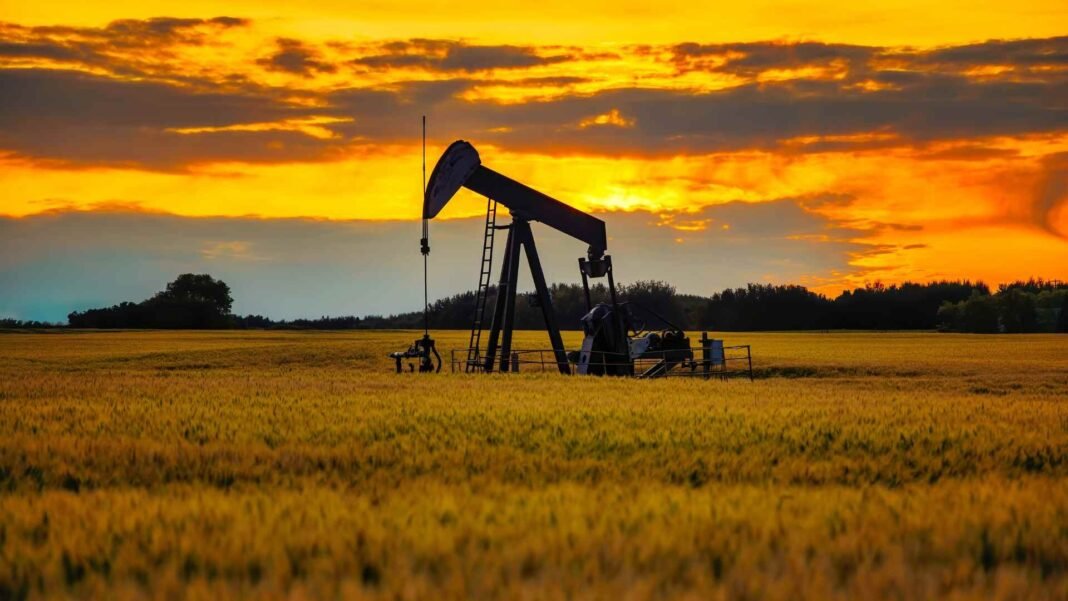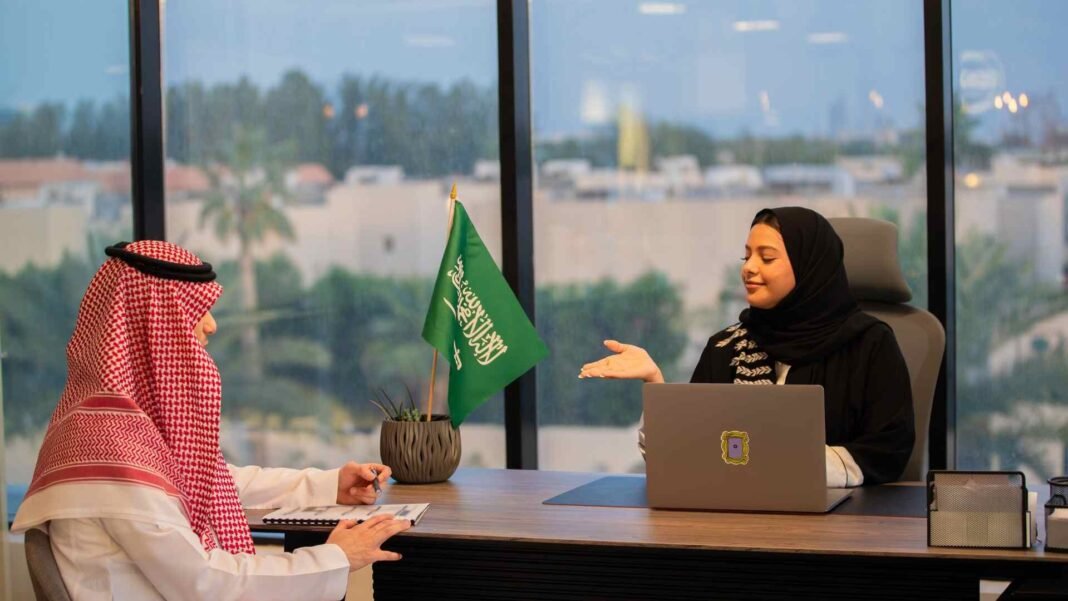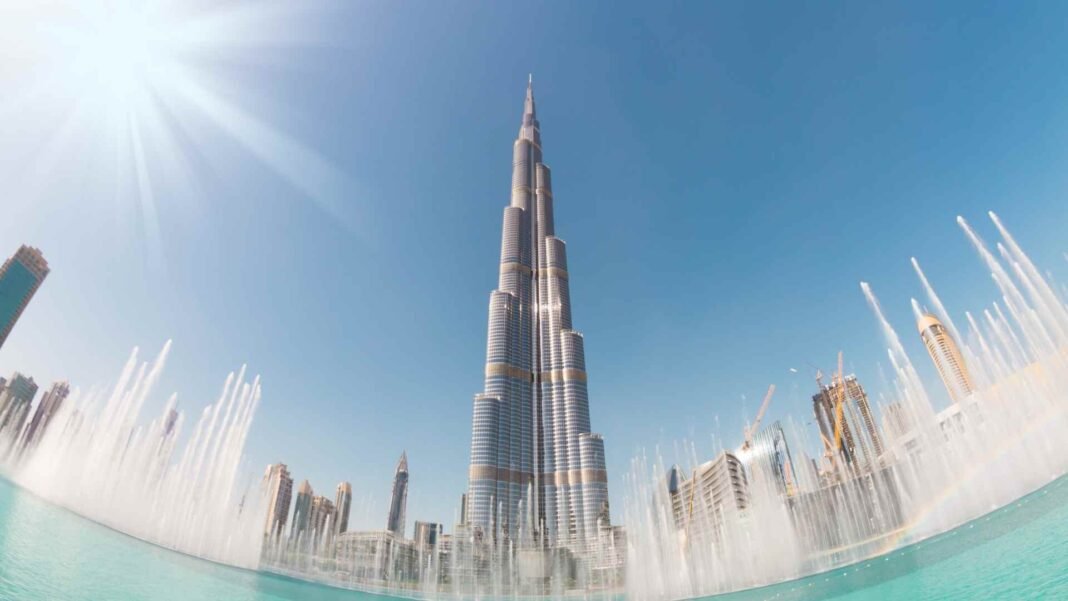Saudi Vision 2030, launched on April 25, 2016, by Crown Prince Mohammed bin Salman, is a strategic framework to reduce the kingdom’s dependence on oil, diversify its economy, and enhance public services like health, education, and tourism. It rests on three pillars: a vibrant society, a thriving economy, and an ambitious nation, aiming to leverage Saudi Arabia’s strengths, including its strategic location and investment capabilities. The vision seeks to address the “resource curse” of oil dependency, a goal pursued since the 1970s, by developing alternative revenue sources like taxes, fees, and the sovereign wealth fund, and increasing private sector contributions to employment.
Key Initiatives and Projects Under Vision 2030
Several initiatives are central to reducing oil dependence:
- Vision Realization Programs (VRPs): Established on April 24, 2017, these 13 programs include financial sector development, fiscal balance, national industrial development, logistics, privatization, and the Public Investment Fund (PIF) program, all aimed at diversifying the economy.
- National Transformation Program (NTP): Approved on June 7, 2016, as the first of three five-year phases, it focuses on structural reforms, including the 5% IPO of Saudi Aramco announced in January 2016, which reported a net income of $111.1 billion in 2018.
- Mega-Projects: These include NEOM ($500 billion, Tabuk, completion 2030), Qiddiya ($9.8 billion, south-west of Riyadh, completion 2030), The Red Sea Project ($23.6 billion, Tabuk, final phase 2035), and others like Diriyah Gate ($63.2 billion, Diriyah, completion 2027), all designed to boost tourism, entertainment, and construction.
- Renewable Energy Projects: Announced on March 27, 2018, with a $200 billion investment, expected completion by 2030, aiming to diversify energy sources. By mid-2023, production increased from 700MW in 2022 to 2.8GW, with 8GW under construction and 13GW in development.
- Other Efforts: Focus on SMEs, aiming to increase their contribution to GDP from 20% to 35% by 2030, and tourism, targeting 10% GDP contribution, 1.6 million jobs, and 150 million visitors by 2030.
Impact on Reducing Oil Dependence
By 2025, the impact on non-oil sectors is significant:
- Economic Growth: Non-oil GDP grew by 5.4% in the first half of 2023, contributing to GDP rising from $665.8 billion to over $1.1 trillion. The World Bank projects non-oil GDP growth at 4.5% in 2025-2026, with overall real GDP growth at 4.7% in 2025-2026.
- Sector-Specific Impacts:
- Tourism: Aimed at a 10% GDP contribution by 2030, with projects like The Red Sea Project enhancing luxury tourism.
- SMEs: More than doubled to 1.23 million, with women owning 45%, targeting 35% GDP contribution by 2030.
- Renewable Energy: Production up from 700 MW in 2022 to 2.8 GW in 2023, supporting reduced oil consumption.
- Employment: Women’s workforce participation nearly doubled, now over 35%, surpassing the 30% goal, with unemployment at a record low of 8.3%.
- Homeownership: Increased from 47% to over 60%.
- PIF: Assets exceeded $700 billion, creating 644,000 jobs and establishing 93 companies.
- Oil Dependence Reduction: Oil’s share in GDP decreased from 45% in 2012 to 40% in 2022, and export income from oil dropped from 90% to 80% over the same period, showing progress despite oil still accounting for 75% of fiscal revenue as of 2022.
Challenges and Criticisms
Despite progress, challenges remain:
- Persistent Oil Dependence: As of 2022, oil accounts for 40% of GDP and 75% of fiscal revenue, indicating significant reliance.
- Project Setbacks: Some mega-projects face delays, with the CEO of NEOM dismissed earlier in 2025 due to performance issues, reflecting implementation challenges.
- Economic Fluctuations: Declining oil prices and production cuts, with oil revenue forecast to decline by up to 10% by 2025, impact funding for diversification, as seen in the $26.88 billion budget deficit projected for 2025.
- Criticisms: Some reports question the pace, with non-oil growth seen as insufficient, and political reforms noted as absent from the agenda, alongside human rights concerns, with over 21,000 worker deaths reported in program-related projects between 2017 and 2024.
Future Outlook
Looking ahead, Saudi Arabia remains committed to Vision 2030, with the third phase focusing on sustaining transformation and leveraging growth opportunities. Continued investment in mega-projects and non-oil sectors, supported by a business-friendly environment, suggests potential for further reduction in oil dependence. The PIF’s role, with assets over $700 billion, and strong non-oil GDP growth projections indicate a promising path, though success depends on overcoming current challenges and improving labor productivity.
Key Projects and Their Impact
| Project | Location | Cost | Expected Completion | Impact on Non-Oil Sectors |
| NEOM, including The Line and Trojena | Tabuk | $500 billion | 2030 | Tourism, innovation, 644,000 jobs via PIF |
| Qiddiya | South-west of Riyadh | $9.8 billion | 2030 | Entertainment, tourism, job creation |
| Red Sea Global, including The Red Sea Project | Tabuk | $23.6 billion | 2035 (final phase) | Luxury tourism, 10% GDP target by 2030 |
| Diriyah Gate project | Diriyah | $63.2 billion | 2027 | Cultural tourism, economic diversification |
| Renewable Energy Projects | Multiple Locations | $200 billion | 2030 | Reduced oil use, 2.8GW production by 2023 |
Saudi Vision 2030 has made significant strides in reducing oil dependence by 2025, with robust growth in non-oil sectors like tourism, SMEs, and renewable energy. While challenges persist, the kingdom’s commitment to diversification suggests a promising future, though the pace and feasibility remain debated.






